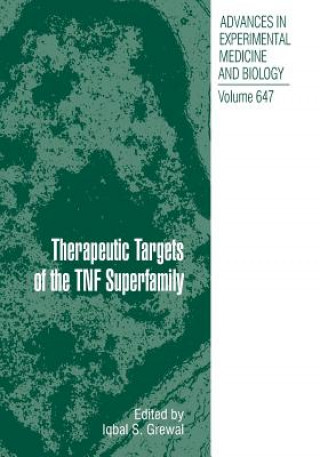
Code: 01421559
Therapeutic Targets of the TNF Superfamily
by Iqbal S. Grewal
Tumor necrosis factor (TNF) superfamily is a rapidly growing family of cytokines that interacts with a corresponding superfamily of receptors. Ligand-receptor interactions of this superfamily are involved in numerous biological pr ... more
- Language:
 English
English - Binding: Paperback
- Number of pages: 220
Publisher: Springer-Verlag New York Inc., 2010
- More about this

214.68 €

Low in stock at our supplier
Shipping in 12 - 17 days
Potřebujete více kusů?Máte-li zájem o více kusů, prověřte, prosím, nejprve dostupnost titulu na naši zákaznické podpoře.
Add to wishlist
You might also like
-
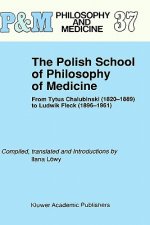
Polish School of Philosophy of Medicine
214.68 € -

Debate Over Stabilization Policy
57.96 € -

arq: Architectural Research Quarterly: Volume 4, Part 1
31.23 € -14 % -

Community Nutrition: Applying Epidemiology To Contemporary Practice
175.86 € -

Bible Readings for Caregivers
13.72 € -

Sara
15.15 € -2 % -

Medical Tourism
198.70 €
Give this book as a present today
- Order book and choose Gift Order.
- We will send you book gift voucher at once. You can give it out to anyone.
- Book will be send to donee, nothing more to care about.
More about Therapeutic Targets of the TNF Superfamily
You get 530 loyalty points
 Book synopsis
Book synopsis
Tumor necrosis factor (TNF) superfamily is a rapidly growing family of cytokines that interacts with a corresponding superfamily of receptors. Ligand-receptor interactions of this superfamily are involved in numerous biological processes ranging from hematopoiesis to pleiotropic cellular responses, including activation, proliferation, differentiation, and apoptosis. The particular response depends on the receptor the cell type, and the concurrent signals received by the cell. Worldwide interest in the TNF field surged dramatically early in 1984 with the cloning and defining of the profound cellular effects of the first member of this family, TNFa. Subsequently, the major influence of TNFa on the development and functioning of the immune system was established. Today, over 20 human TNF ligands and their more than 30 corresponding receptors have been identified. Few receptors still remain orphans. What has emerged over the years is that most TNF ligands bind to one distinct receptor and some of the TNF ligands are able to bind to multiple TNF receptors, explaining to some extent the apparent disparity in the number of TNF receptors and ligands. Yet, in spite of some redundancy in TNF ligand/receptor interactions, it is clear that in vivo spatial, temporal, and indeed cell- and tissue-specific expression of both ligands and their receptors are important factors in determining the precise nature of cellular physiological and pathological processes they control.§TNF superfamily has been the most highly investigated area of basic medical research for over two decades. These investigations have benefited from the enormous growth in our understanding of the principal functions of the immune system and the explosion in the knowledge involved in regulation of normal and pathological immune response. In addition, much has been learned about the molecular mechanisms of programmed cell death and the escape of tumor cells from apoptotic demise and from discovery of the key role played by TNF ligands in this process. As the functioning of these superfamily members is very complex, understanding TNF ligands and their receptor biology requires a mélange of research activities in many different disciplines including organ development, molecular biology, experimental pathology, and immunology. As a consequence of intensive studies in multiple areas over many years, much has been learned. A key role of members of this superfamily in normal functioning of the immune system, autoimmunity, and other fundamental cellular process by which tumor cells develop has been established. Many novel mechanisms involving TNF superfamily members in the disease development process have been defined, and a unified concept and new perspectives have also emerged. For example, abrasions in the innate immune system, so far not considered critical in autoimmunity, have found increasing attention, and TNF-directed and not antigen directed therapy has emerged as the most impressive therapeutic advance in managing autoimmunity in humans. These findings provide a foundation for novel drug design efforts that are poised to utilize newly acquired knowledge. Several of these strategies have already materialized into successful therapeutics such as use of TNF for cancers and anti-TNFa antibodies and TNFR-Fc for autoimmune diseases, and many have advanced to human clinical trials, while many more are still being tested in preclinical settings.§As in other rapidly evolving fields, these advances are not necessarily congruent and are often difficult to organize into a cogent whole. The aim of Therapeutic Targets of the TNF Superfamily is to make readily available the major research important in the exploitation of this family for developing therapeutic strategies for human diseases, in a single volume. Under the auspices of Landes Bioscience, I have undertaken the task to concisely consolidate current knowledge of key TNF superfamily members focusing on both basic aspects and
 Book details
Book details
Book category Knihy po anglicky Medicine Medicine: general issues Medical equipment & techniques
214.68 €
- Full title: Therapeutic Targets of the TNF Superfamily
- Author: Iqbal S. Grewal
- Language:
 English
English - Binding: Paperback
- Number of pages: 220
- EAN: 9781441927996
- ISBN: 1441927999
- ID: 01421559
- Publisher: Springer-Verlag New York Inc.
- Weight: 463 g
- Dimensions: 235 × 155 × 13 mm
- Date of publishing: 22. October 2010
Trending among others
-
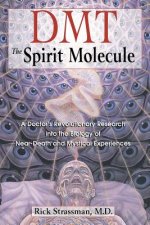
Dmt : the Spririt Molecule
15.25 € -16 % -

Oxford Handbook of Clinical Examination and Practical Skills
47.72 € -

Bad Pharma
12.79 € -24 % -

Deep Medicine
26.42 € -20 % -
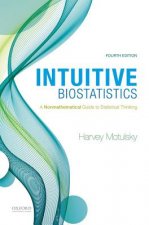
Intuitive Biostatistics
132.43 € -

Implantable Cardioverter - Defibrillators Step by Step - An Illustrated Guide
89.41 € -

Tendon Regeneration
170.94 € -

Medical Laboratory Science Review
108.56 € -

Oxford Handbook of Clinical and Laboratory Investigation
50.59 € -

EHRA Book of Pacemaker, ICD, and CRT Troubleshooting
136.22 € -

Fundamentals of Biostatistics
237.62 € -
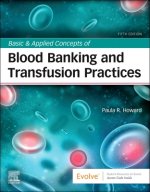
Basic & Applied Concepts of Blood Banking and Transfusion Practices
136.22 € -

Science of Cooking
83.37 € -
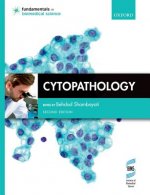
Cytopathology
74.66 € -

Comparative Physiology, Natural Animal Models And Clinical Medicine: Insights Into Clinical Medicine From Animal Adaptations
135.30 € -

Pocket Evidence Based Medicine
60.12 € -
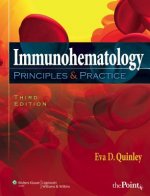
Immunohematology
140.11 € -

Clinical Chemistry
139.60 € -

Immortal Life of Henrietta Lacks
12.49 € -6 % -

Plague
16.99 € -20 % -

Anatomic Localization for Needle EMG
81.42 € -

Rigor Mortis
15.35 € -21 % -
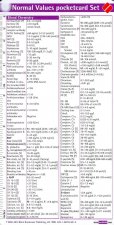
Normal Values Pocketcard
8.49 € -5 % -

EHRA Book of Interventional Electrophysiology
133.56 € -

Maria Treben's Cures
20.07 € -10 % -

Politics of Evolution
74.56 € -

Manual of 3D Echocardiography
119.42 € -

Factories of Death
59.91 € -

Connecting Brain Research With Effective Teaching
67.80 € -

Making a Spinet by Traditional Methods
18.12 € -
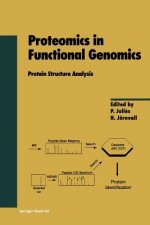
Proteomics in Functional Genomics
276.03 € -

Hydrogen Molecular Biology and Medicine
227.18 € -

Lottery
21.50 € -

Designing EEG Experiments for Studying the Brain
98.63 € -

Research in Medicine
62.78 € -

Research Methods in Human Skeletal Biology
99.35 € -

Practical Hemostasis and Thrombosis 3e
150.35 € -

Bergey's Manual of Systematic Bacteriology
564.99 € -

Urodynamics
156.09 € -

Histopathology
56.63 € -7 % -

Aesthetic Laser Therapy
300.52 € -

Bergey's Manual of Systematic Bacteriology
395.67 € -
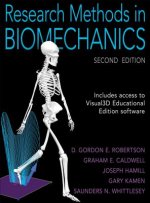
Research Methods in Biomechanics
110.20 € -12 % -
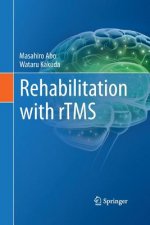
Rehabilitation with rTMS
139.60 € -

Lung Cancer
152.20 € -
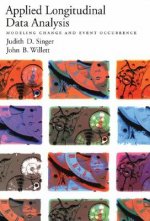
Applied Longitudinal Data Analysis
193.38 € -
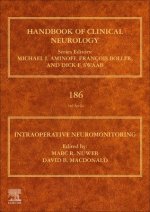
Intraoperative Neuromonitoring
346.10 € -

Molecular Diagnostic PCR Handbook
289.76 € -

EMG Pearls
92.28 €
Osobný odber Bratislava a 2642 dalších
Copyright ©2008-24 najlacnejsie-knihy.sk Všetky práva vyhradenéSúkromieCookies


 21 miliónov titulov
21 miliónov titulov Vrátenie do mesiaca
Vrátenie do mesiaca 02/210 210 99 (8-15.30h)
02/210 210 99 (8-15.30h)